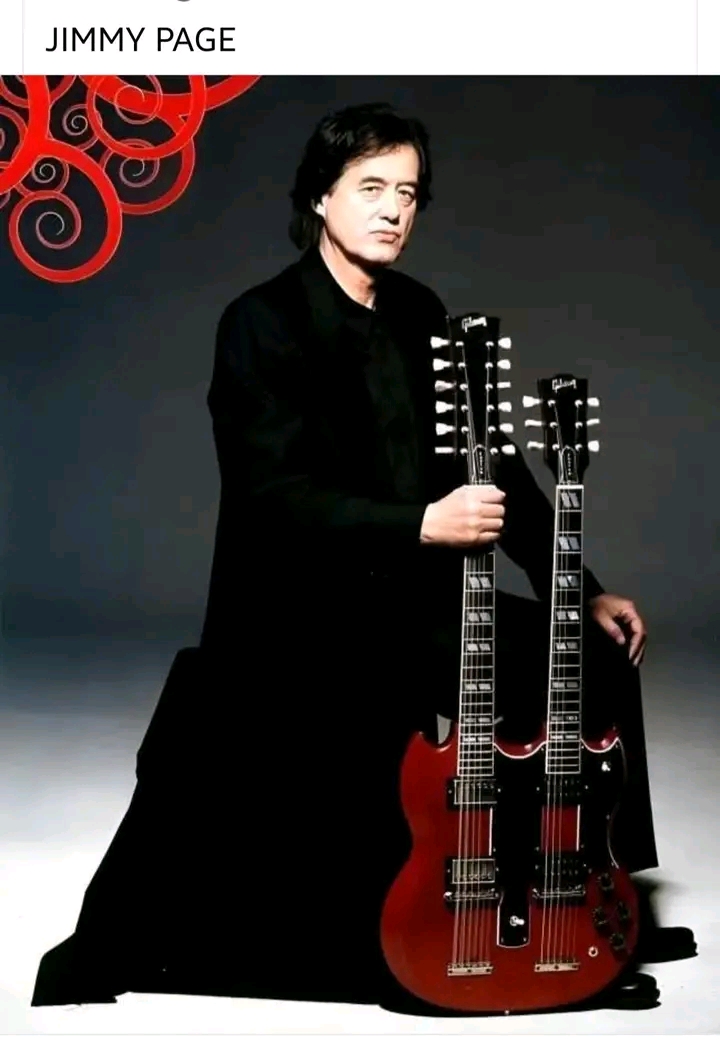Jimmy Page jamming on the iconic double neck guitar remains one of the most enduring images in rock history. The instrument itself—a Gibson EDS-1275—became almost synonymous with Page, particularly during Led Zeppelin’s legendary live performances. Though it might surprise some fans, the double neck guitar wasn’t extensively used throughout Led Zeppelin’s studio recordings. Instead, it served a more practical and theatrical purpose during their concerts, allowing Page to seamlessly transition between different guitar parts without changing instruments mid-song.
The most famous use of the double neck came in live renditions of “Stairway to Heaven,” Led Zeppelin’s epic track that builds from gentle acoustic passages to soaring electric solos. In the studio, Page recorded the acoustic 12-string and electric 6-string parts separately, but recreating that live presented a challenge—one that the double neck resolved elegantly. The top neck of the guitar features 12 strings for the acoustic-sounding intro and verses, while the lower neck holds six strings for the powerful solo and final section. This innovative use made the instrument a visual and sonic spectacle, cementing its place in rock lore.
Beyond “Stairway to Heaven,” Page also utilized the double neck for other complex songs that demanded quick transitions and layered arrangements. “The Song Remains the Same” and “The Rain Song,” both from *Houses of the Holy*, showcased the instrument’s versatility. These tracks required both the rich shimmer of a 12-string and the punch of a 6-string electric, and the double neck delivered both without compromise. “Achilles Last Stand,” an ambitious piece from *Presence*, also benefited from the instrument’s range, as its galloping rhythm and multiple guitar overlays were more easily managed live with the doubleneck in hand.
While the double neck may not have been a mainstay in Zeppelin’s studio toolkit, it became an iconic part of their live act, symbolizing the band’s technical ambition and Page’s innovative spirit. The sight of him wielding the massive guitar—effortlessly navigating its two necks with precision—epitomized the excess and brilliance of 1970s rock. More than just a tool, it became a signature piece of Page’s stage presence, elevating the spectacle of Led Zeppelin’s live shows and inspiring generations of guitarists to f
ollow.










